A Beginner’s Guide to Film Genres: Decoding Thrillers, Rom-Coms & More
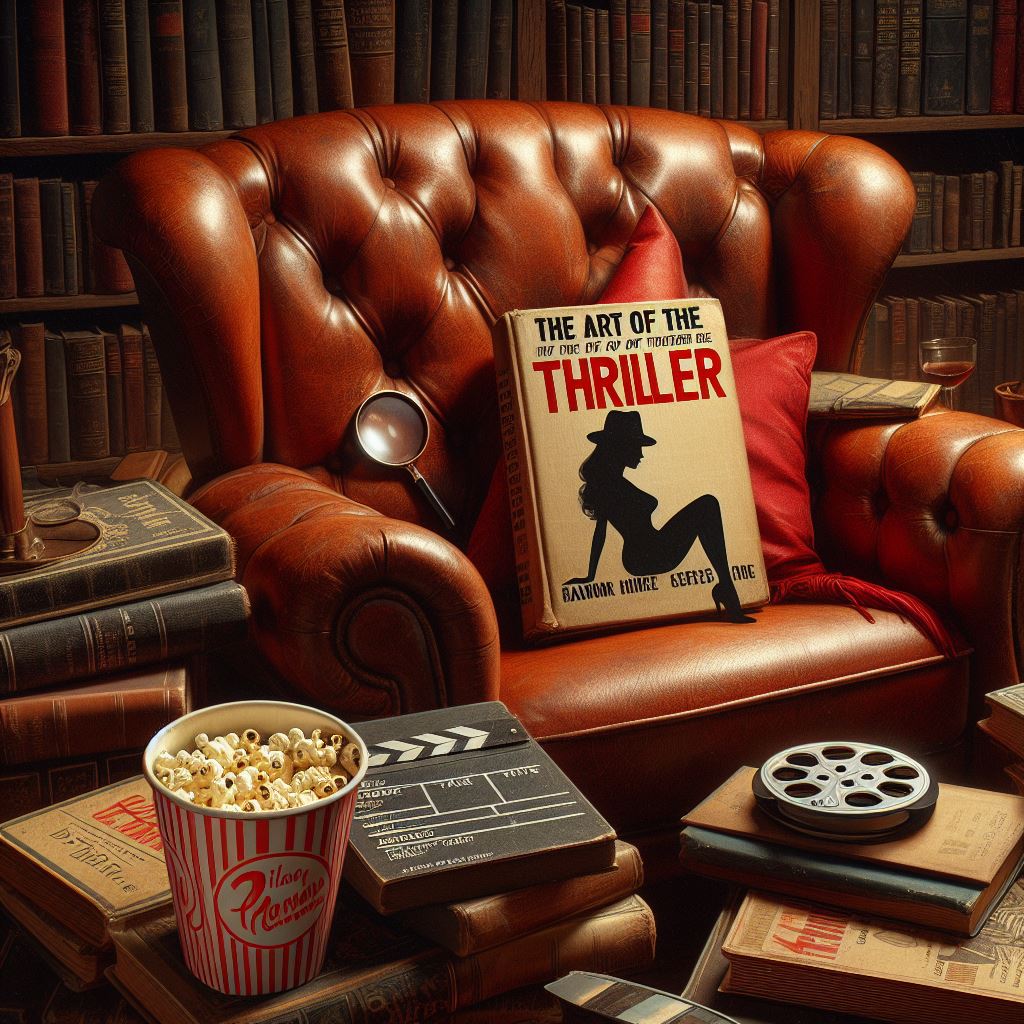
Mastering the Magic: A Comprehensive Look at Film Genres
Movies have always been a significant part of our cultural landscape, offering diverse stories and experiences. From the edge-of-your-seat suspense of thrillers to the heartwarming escapades of romantic comedies, film genres provide audiences with many choices to suit every mood and preference. In this comprehensive exploration, we delve deep into the world of film genres, deciphering their characteristics, themes, and appeal. Whether you’re a cinephile seeking to expand your cinematic horizons or a casual viewer curious about the intricacies of film categorization, this guide will serve as your roadmap to navigating the vast landscape of movie genres.
The Evolution of Film Genres
The concept of categorizing films into genres has existed since the early days of cinema. As filmmakers experimented with different storytelling techniques and themes, distinct patterns began to emerge, giving rise to recognizable genres that continue to shape the industry today. Film genres’ evolution reflects changes in cinematic trends and shifts in societal values, technological advancements, and cultural influences.
One of the earliest and most enduring genres is the silent film era, which laid the groundwork for many future genres while showcasing the innovative storytelling capabilities of early filmmakers. From the slapstick comedy of Charlie Chaplin to the epic adventures of silent film heroes like Douglas Fairbanks, silent cinema spanned a wide range of genres and styles, setting the stage for the diverse landscape of genres that would follow.
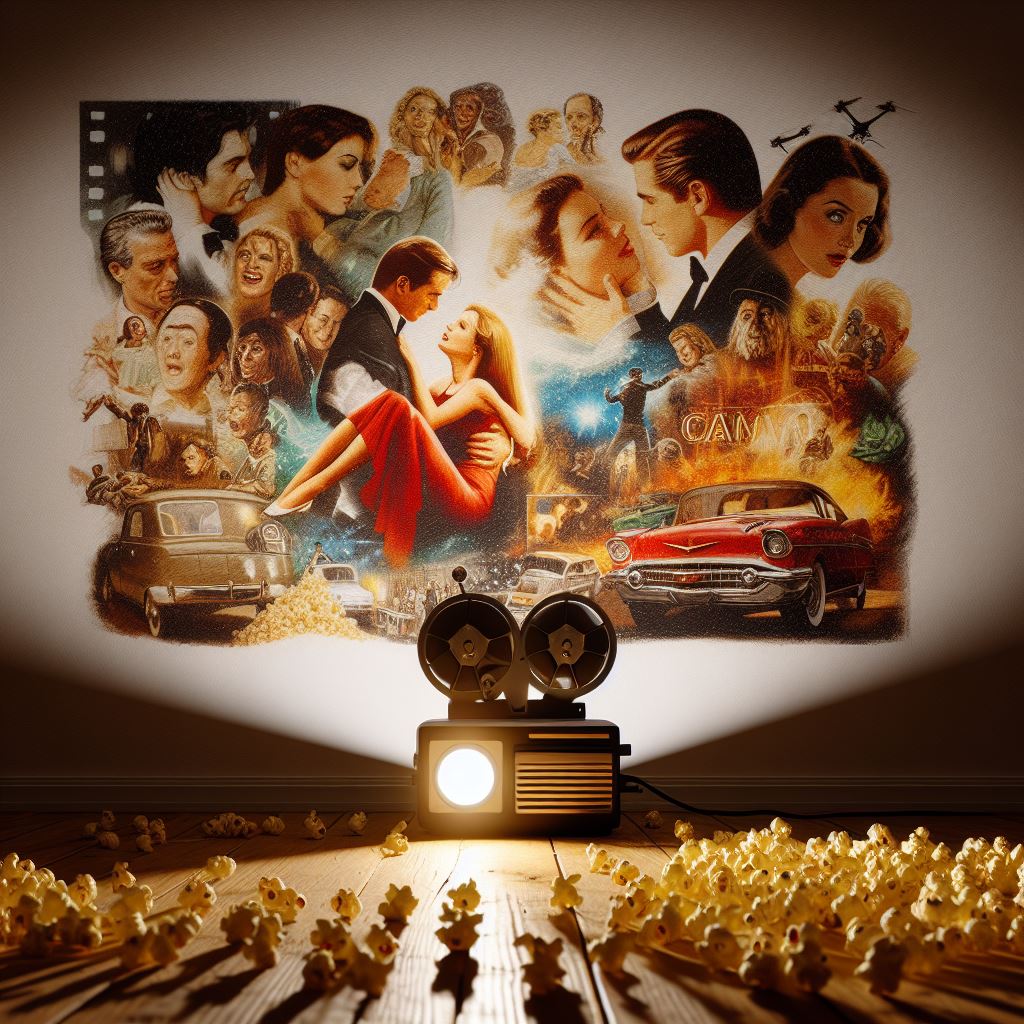
As cinema transitioned into the sound era, new possibilities emerged, allowing filmmakers to explore more complex narratives and themes. The golden age of Hollywood saw the rise of iconic genres such as film noir, characterized by its moody atmosphere, morally ambiguous characters, and hard-boiled detective plots. Meanwhile, the advent of Technicolor brought forth the spectacle of the musical genre, with lavish productions and memorable song-and-dance numbers captivating audiences around the world.
In the latter half of the 20th century, the proliferation of television and the emergence of new cinematic movements like the French New Wave and Italian neorealism challenged traditional genre boundaries, pushing filmmakers to experiment with unconventional storytelling techniques and themes. This period also witnessed the rise of genre hybrids and subversions, as directors sought to subvert audience expectations and breathe new life into familiar tropes.
Today, the landscape of film genres continues to evolve, shaped by advancements in technology, changes in audience tastes, and global cultural influences. From the rise of digital streaming platforms to the growing popularity of international cinema, the 21st century has ushered in a new era of genre exploration and innovation, offering audiences an unprecedented array of choices and experiences.
Exploring Key Film Genres
Thriller:
One of the most popular and enduring genres in cinema, the thriller combines elements of suspense, tension, and anticipation to keep audiences on the edge of their seats. From Hitchcockian classics like “Psycho” and “Vertigo” to modern blockbusters like “The Dark Knight” and “Gone Girl,” thrillers come in many forms, ranging from psychological thrillers to action-packed espionage adventures. What sets thrillers apart is their ability to engage viewers emotionally and intellectually, often blurring the lines between hero and villain and keeping audiences guessing until the very end.
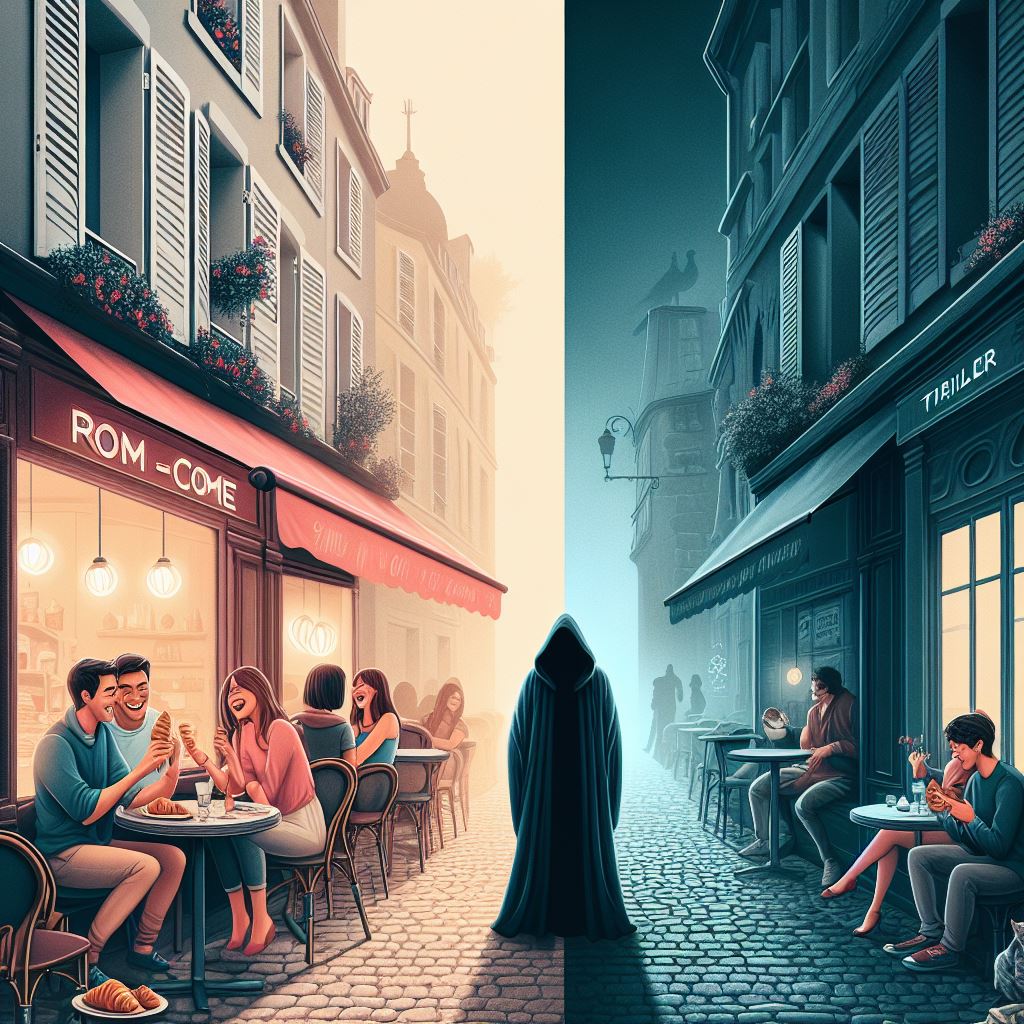
Romantic Comedy (Rom-Com):
Romantic comedies, or rom-coms, are a beloved genre known for their lighthearted humor, charming characters, and heartwarming love stories. From classic Hollywood pairings like Katharine Hepburn and Cary Grant to contemporary favorites like Sandra Bullock and Ryan Reynolds, rom-coms have been entertaining audiences for generations with their witty banter, meet-cute moments, and feel-good endings. While rom-coms often follow a formulaic structure, the best examples of the genre transcend clichés to deliver genuine emotional resonance and insight into the complexities of modern romance.
Action:
Action films are synonymous with adrenaline-pumping thrills, jaw-dropping stunts, and larger-than-life heroes. Whether it’s the high-octane escapades of James Bond or the pulse-pounding intensity of “Mad Max: Fury Road,” action movies offer audiences a visceral experience unlike any other, transporting them to worlds filled with danger, excitement, and spectacle. While action films are often associated with explosive set pieces and epic battles, the genre encompasses a wide range of subgenres, including martial arts films, superhero blockbusters, and espionage thrillers, each offering its unique take on the genre.
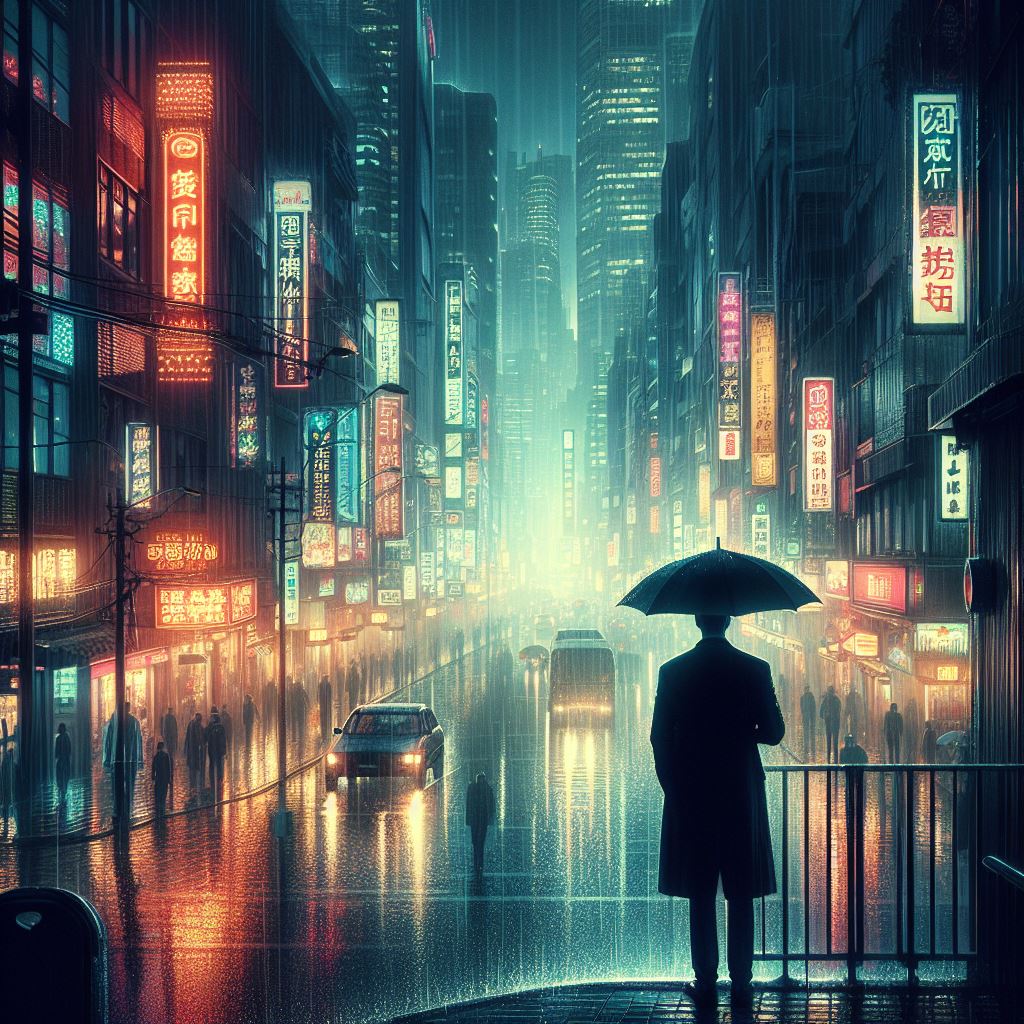
Drama:
Drama is perhaps the most versatile and expansive of all film genres, encompassing a wide range of themes, styles, and storytelling techniques. From intimate character studies like “Boyhood” and “Moonlight” to sweeping epics like “Gone with the Wind” and “Lawrence of Arabia,” dramas explore the human experience in all its complexity, tackling themes of love, loss, redemption, and triumph. What sets dramas apart is their emphasis on character development and emotional depth, drawing viewers into the lives of the characters and immersing them in richly textured narratives that resonate long after the credits roll.
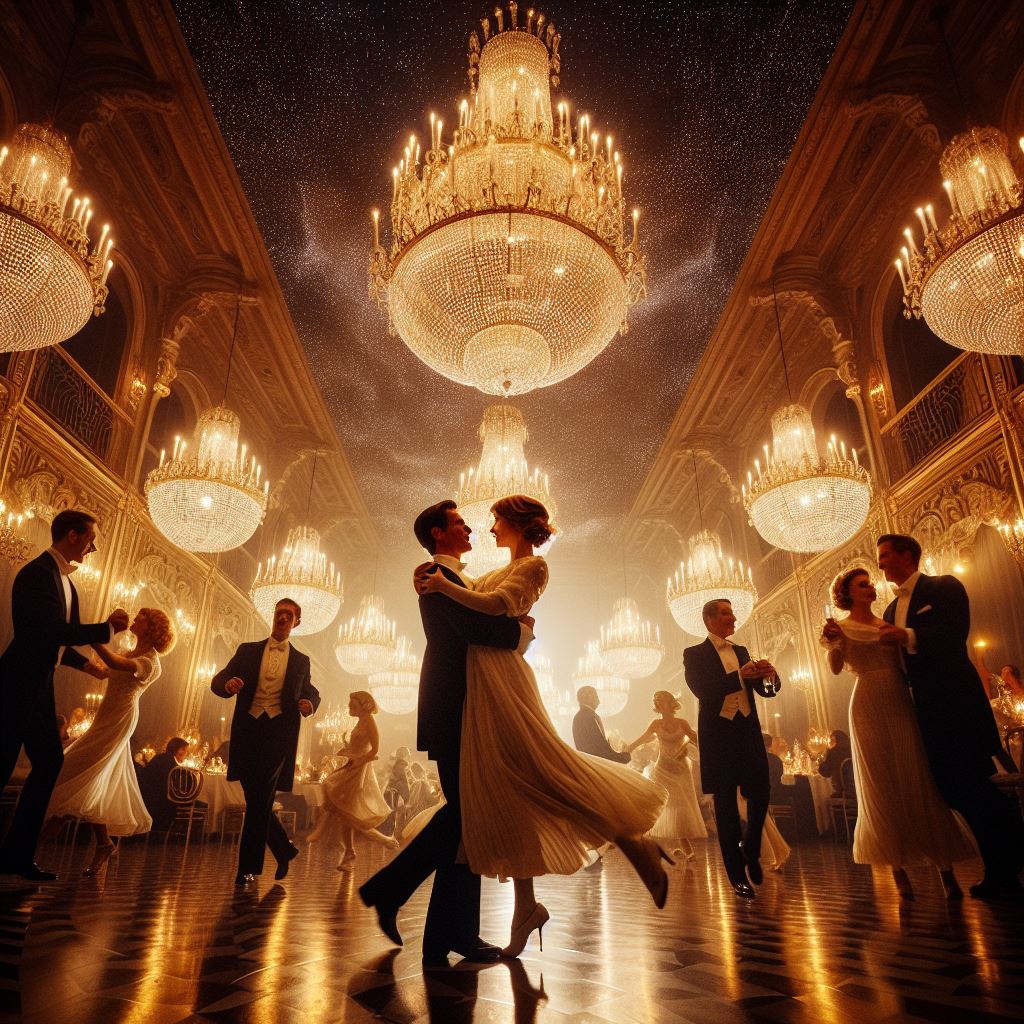
Science Fiction:
Science fiction films transport audiences to distant galaxies, futuristic worlds, and alternate realities, exploring the possibilities of technology, space exploration, and the human condition. From the mind-bending concepts of “Inception” and “The Matrix” to the dystopian landscapes of “Blade Runner” and “The Hunger Games,” science fiction offers a thought-provoking blend of speculative fiction, philosophical inquiry, and visual spectacle. While science fiction is often associated with futuristic technology and extraterrestrial beings, the genre encompasses a wide range of subgenres, including cyberpunk, space opera, and time travel, each offering its unique take on the genre.
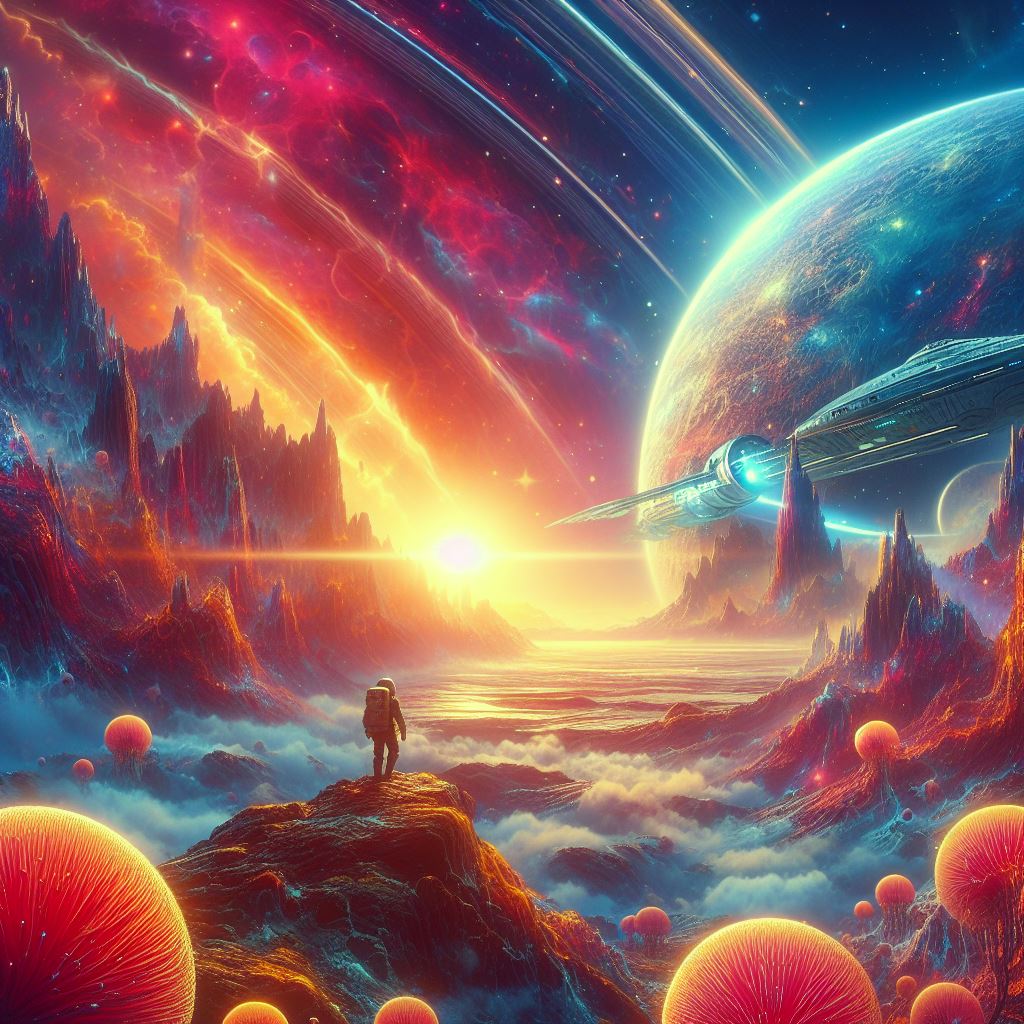
Horror:
Horror films have been terrifying audiences for generations with their spine-tingling scares, grotesque creatures, and nightmarish scenarios. From classic monster movies like “Dracula” and “Frankenstein” to contemporary horror hits like “Get Out” and “Hereditary,” the genre has evolved to reflect changing societal fears and anxieties while pushing the boundaries of cinematic storytelling. What sets horror apart is its ability to tap into primal fears and anxieties, exploring the darker aspects of human nature and the unknown. Whether it’s the supernatural horrors of ghosts and demons or the psychological terrors of isolation and madness, horror films continue to captivate audiences with their ability to shock, disturb, and provoke.
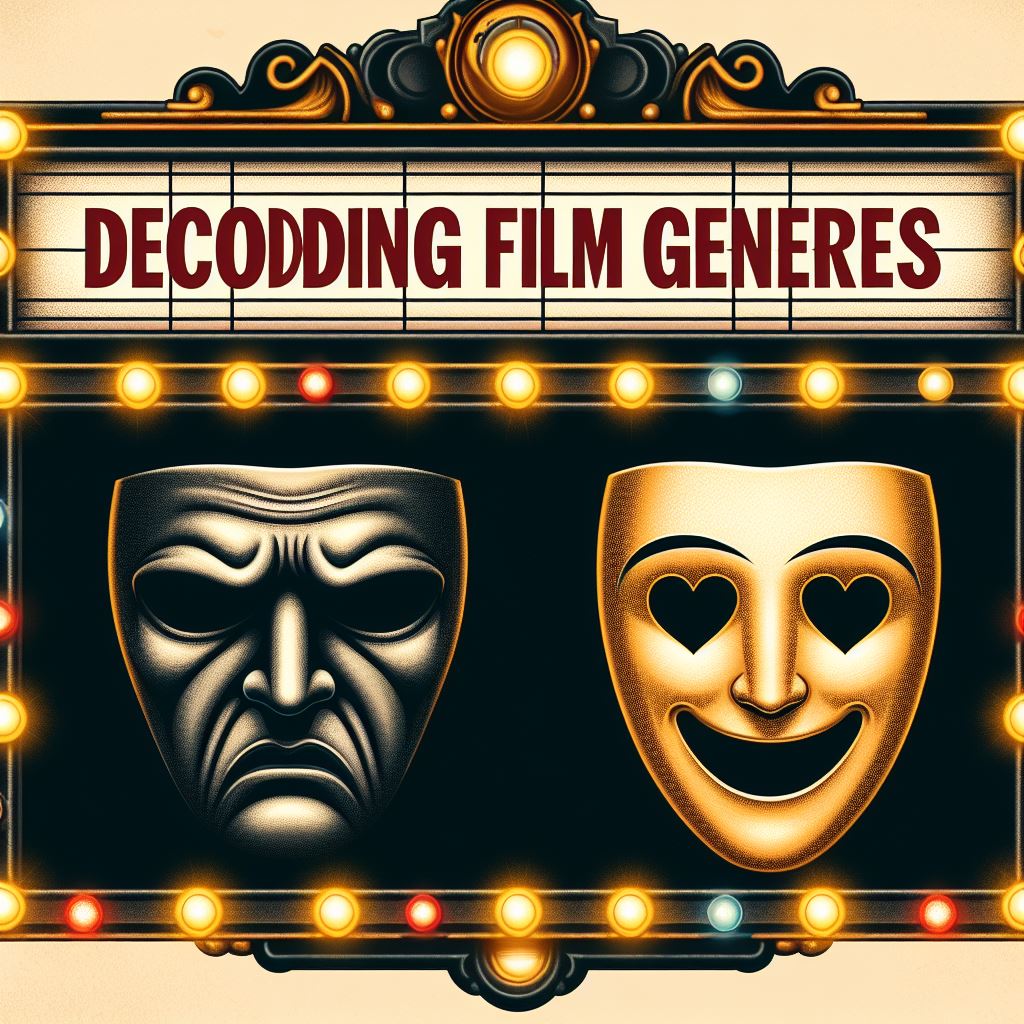
Comedy:
Comedy is perhaps the most universal of all film genres, offering audiences a much-needed escape from the rigors of everyday life through laughter and levity. From screwball comedies like “Some Like It Hot” and “Bringing Up Baby” to irreverent spoofs like “Airplane!” and “The Naked Gun,” comedy films come in many shapes and sizes, each offering its unique brand of humor and wit. What sets comedy apart is its ability to find humor in the mundane, the absurd, and the unexpected, offering audiences a fresh perspective on the world around them while providing much-needed comic relief in times of trouble. Do visit the movie blog website.
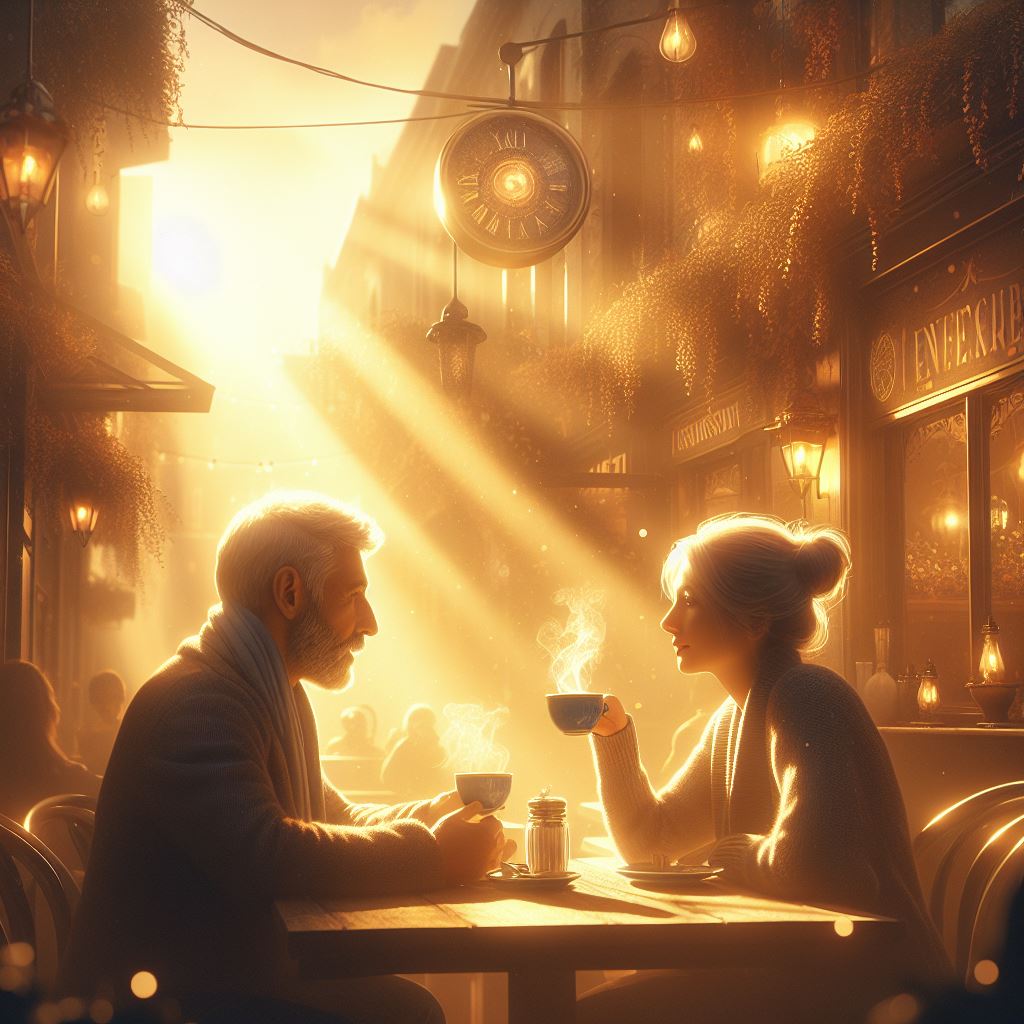
Documentary:
Documentaries are a unique genre of film that seeks to inform, educate, and enlighten viewers through the power of nonfiction storytelling. From investigative exposés like “Blackfish” and “Bowling for Columbine” to intimate character portraits like “Won’t You Be My Neighbor?” and “RBG,” documentaries cover a wide
In conclusion, film genres act as a roadmap, guiding viewers towards the emotional experience they crave. From adrenaline-pumping thrillers to heartwarming rom-coms, each genre offers a unique blend of storytelling elements. By understanding these genres, we can not only choose movies that suit our taste but also appreciate the artistic choices that filmmakers employ to craft specific moods and narratives.
